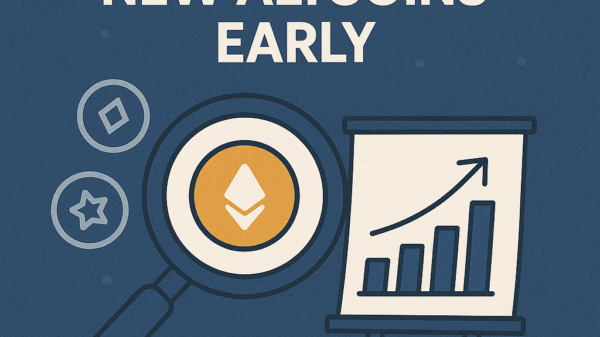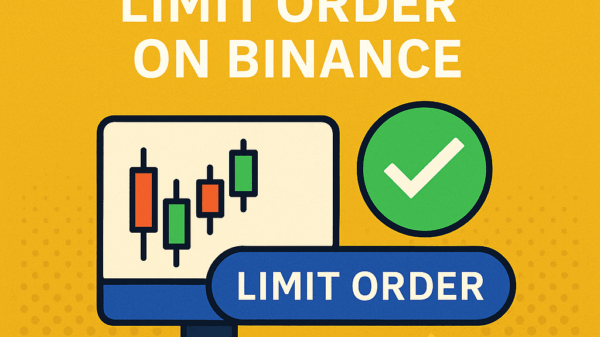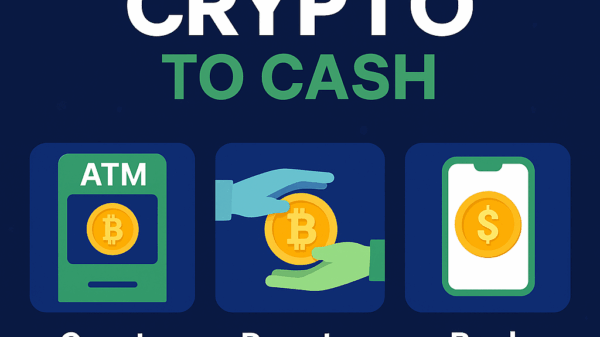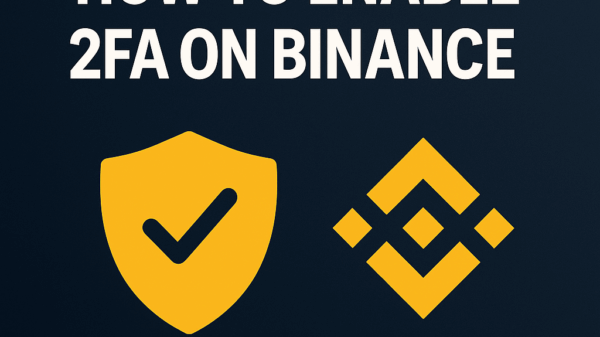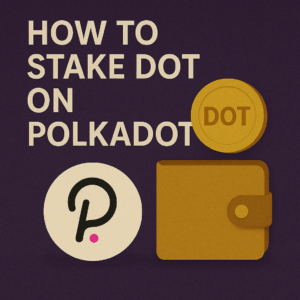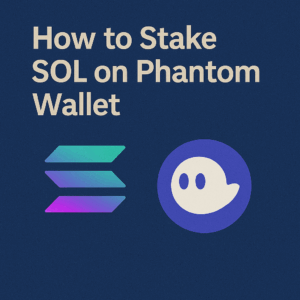How to Calculate Staking Rewards
By Jason Miller – Crypto Writer 10.expert 🧠 Covering Bitcoin, altcoins, blockchain & Web3.
As a crypto writer and analyst, I often get asked, “How much can I actually earn from staking?” While the promise of passive income is alluring, the reality of calculating staking rewards can be a bit more nuanced than a simple percentage. It’s not always a straightforward calculation, as various factors can influence your actual yield. Let’s break down how to approach calculating your staking rewards so you can have realistic expectations.
How to Calculate Staking Rewards: Demystifying Your Crypto Earnings 📊📈
Understanding the underlying mechanics of staking reward calculation is crucial for any savvy crypto investor. It helps you assess potential profitability, compare different opportunities, and manage your expectations.
The Core Concept: Your Stake’s Proportion ⚖️
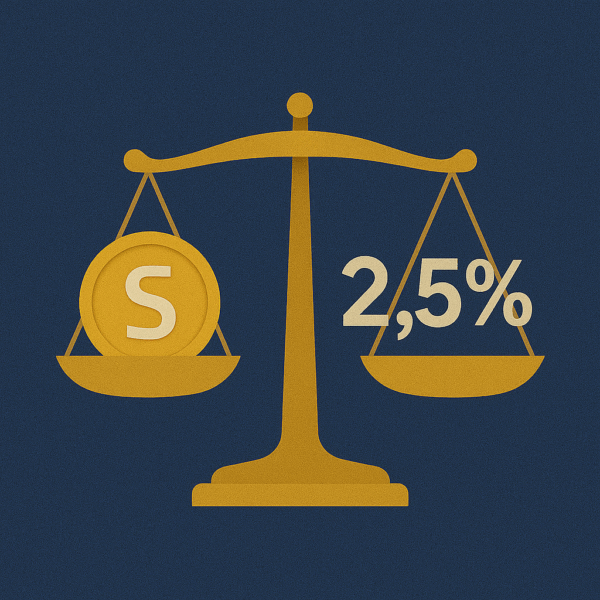
At its most fundamental level, staking rewards are typically proportional to the amount of cryptocurrency you’ve staked relative to the total amount staked on the network. If you stake 1% of the total circulating supply that is staked, you’ll generally receive 1% of the total rewards distributed.
Annual Percentage Rate (APR) vs. Annual Percentage Yield (APY): Know the Difference! 💡
This is perhaps the most critical distinction.
* APR (Annual Percentage Rate): This is the simple interest rate over a year, without accounting for compounding. If a platform states an 10% APR, and you stake 100 tokens, you’d theoretically earn 10 tokens per year.
* APY (Annual Percentage Yield): This does account for compounding. If your rewards are automatically re-staked (compounded), your effective annual return will be higher than the APR because you’re earning interest on your previously earned interest. A 10% APR compounded daily will result in a higher APY, for instance. Always look for APY when comparing returns, as it gives a more accurate picture of your potential earnings over time.
The Network’s Inflation Rate (Token Issuance) 📈
Many Proof-of-Stake (PoS) blockchains issue new tokens as rewards for stakers. The network’s inflation rate directly impacts the total pool of rewards available. A higher inflation rate might mean more tokens are distributed, but it could also dilute the value of each token if not balanced by demand.
Total Staked Supply on the Network 📉
This is a dynamic factor. If more people start staking a particular cryptocurrency, the total amount staked on the network increases. Since the total reward pool for a given period is often fixed or algorithmically determined, a larger pool of stakers means the rewards are distributed among more participants, potentially lowering the individual APY.
Validator Commission Fees (for Delegated Staking) 💰
If you’re delegating your stake to a validator (as is common with Solana, Polkadot, Cardano, etc.), that validator will charge a commission fee on the rewards they earn. This fee directly reduces your net yield. For example, if a validator has a 10% commission and the gross APR is 5%, your net APR would be 4.5% (5% – 10% of 5%).
Block Rewards and Transaction Fees ➕
Staking rewards typically come from a combination of newly minted tokens (inflation) and a share of the transaction fees collected by the network. For some chains, like Ethereum post-Merge, MEV (Maximal Extractable Value) rewards can also contribute significantly to validator earnings.
Slashing Penalties: The Risk Factor ⚡
If the validator you delegate to misbehaves (e.g., goes offline, double-signs transactions), they can be “slashed,” meaning a portion of their staked tokens (and potentially yours, if delegated) are forfeited. While rare with reputable validators, this can impact your effective returns. Most platforms and calculators assume no slashing.
Epochs, Lock-up Periods, and Unbonding Times ⏳
Different blockchains have different staking cycles (epochs) and lock-up/unbonding periods.
* Lock-up Period: Time your tokens are completely locked and cannot be accessed.
* Unbonding/Deactivation Period: Time it takes for your tokens to become liquid again after you initiate an unstake.
These periods mean your funds aren’t instantly accessible, and during the unbonding period, you might not be earning rewards. Factor this into your overall strategy.
Compounding Frequency: Daily, Weekly, Monthly? 🔄
The more frequently your staking rewards are compounded (re-staked), the higher your effective APY will be. Some platforms auto-compound, others require manual action. This is a key component of why APY is often higher than APR.
Staking Calculators: Your Best Friend for Estimates 💻
Fortunately, you don’t always have to do complex math. Many projects and crypto data websites offer staking calculators. These tools allow you to input the amount you want to stake, the expected APR/APY, and the staking duration, to give you an estimated reward.
* Examples: Staking Rewards (stakingrewards.com), specific project websites (e.g., cardano.org/calculator), and exchange staking dashboards.
Price Volatility: The Elephant in the Room 🎢
While your staking rewards are paid in the native cryptocurrency, the fiat value of those rewards depends entirely on the token’s market price. You might earn 10% more tokens, but if the token’s value drops by 20%, your overall investment (in USD terms) is still down. This is a critical risk to consider.
Tax Implications of Staking Rewards 🧾
Remember that staking rewards are generally considered taxable income in many jurisdictions the moment you receive them. This is an important factor when calculating your net earnings. Always consult a tax professional.
Centralized Exchange vs. Decentralized Staking Yields ⚖️
Yields can vary between centralized exchanges (CEXs) and decentralized staking methods. CEXs often take a larger cut but offer simplicity. Decentralized methods might offer higher net yields but require more technical proficiency and carry smart contract risk.
Monitoring Network Conditions 📡
The APR/APY displayed by platforms is often an estimated rate, which can fluctuate based on real-time network conditions. Factors like the number of active validators, transaction volume (for fee rewards), and overall network demand can all impact the actual rewards.
The Long-Term Perspective: Compounding and HODL 💎
For most stakers, especially those committed to the long term, the power of compounding is where significant passive income can be generated. By consistently re-staking rewards, your initial investment grows exponentially, providing a solid foundation for your crypto portfolio.
Calculating staking rewards involves more than just looking at a single percentage. By understanding the factors that influence yield, distinguishing between APR and APY, and utilizing available tools, you can make more informed decisions and maximize your passive income in the exciting world of crypto.

